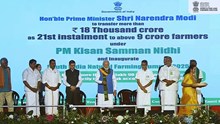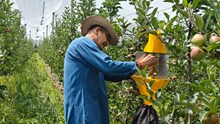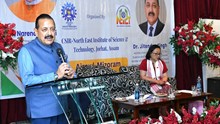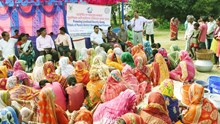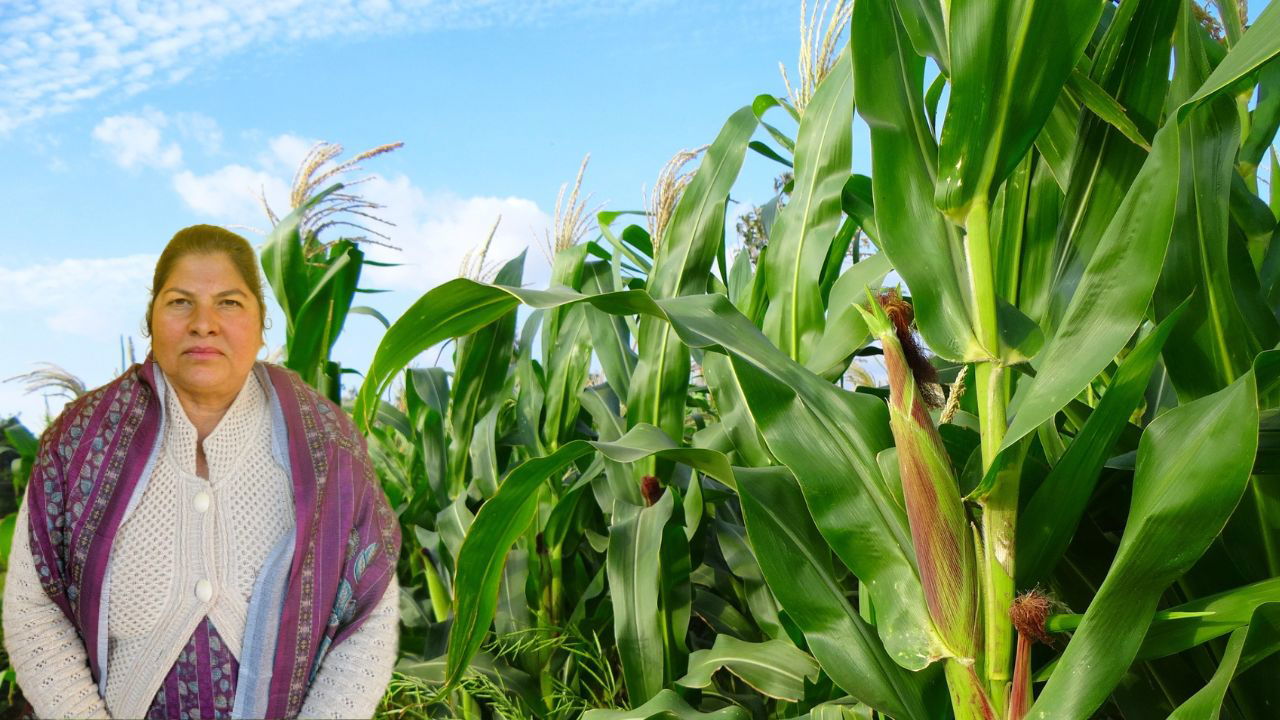
Meena Kumari, a resident of Jhandi village in Gurdaspur, Punjab, grew maize using traditional seed varieties for many years. Like many farmers in her region, she faced challenges such as low yields and unpredictable income, believing that maize farming could only offer modest returns. However, in 2024, an opportunity came her way that changed her outlook.
She was introduced to improved maize seeds, resulting in a significant boost to her crop yield and income. This change not only benefited her family but also inspired other farmers in her community to explore better farming practices.
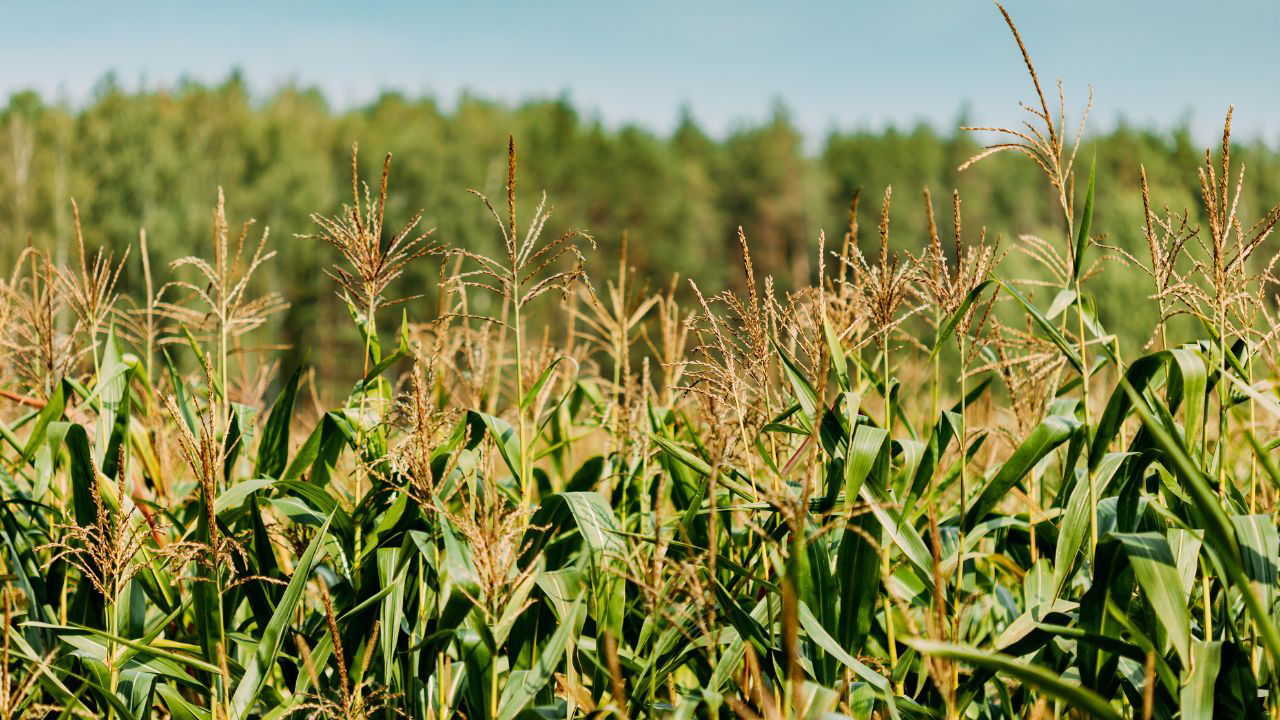
A Shift from Traditional to Modern Maize Cultivation
Indian maize demand is increasing rapidly as it is used for food and poultry feed and in the production of alcohol. Several farmers still use traditional seed types as they remain unaware of the benefits of high-performance varieties. Meena Kumari was one such farmer. She worked hard but her fields would only generate 12–14 quintals an acre per year, which was normal for her.
Everything changed when the Indian Institute of Maize Research (IIMR) initiated a project called 'Increasing Maize Production in the Catchment Area of Ethanol Industries'. The program brought improved pioneer maize seeds to local farmers to increase productivity and profitability.
Meena Kumari, eager to improve her farming, participated in the program. She had received 16 kg of high-quality seeds along with an input package that included advanced pesticides like Tynzer, Atrazine, and Coragen.
Embracing New Techniques for Better Results
Farming is not about seeds alone, but about knowledge, timing, and technique. The project scientists not only provided inputs but also trained farmers on proper spacing, irrigation management, and integrated pest control. Meena Kumari was determined to make the most of this opportunity and attended every training session.
This time she carefully listened to the experts on spacing, to ensure the correct spacings of plants for effective penetration of sunrays and nutrients to the soil. She carefully monitored irrigation and applied water when critical growth phases for maize. The pest, once a serious menace, is relatively easier with the modern pesticides offered in the package.
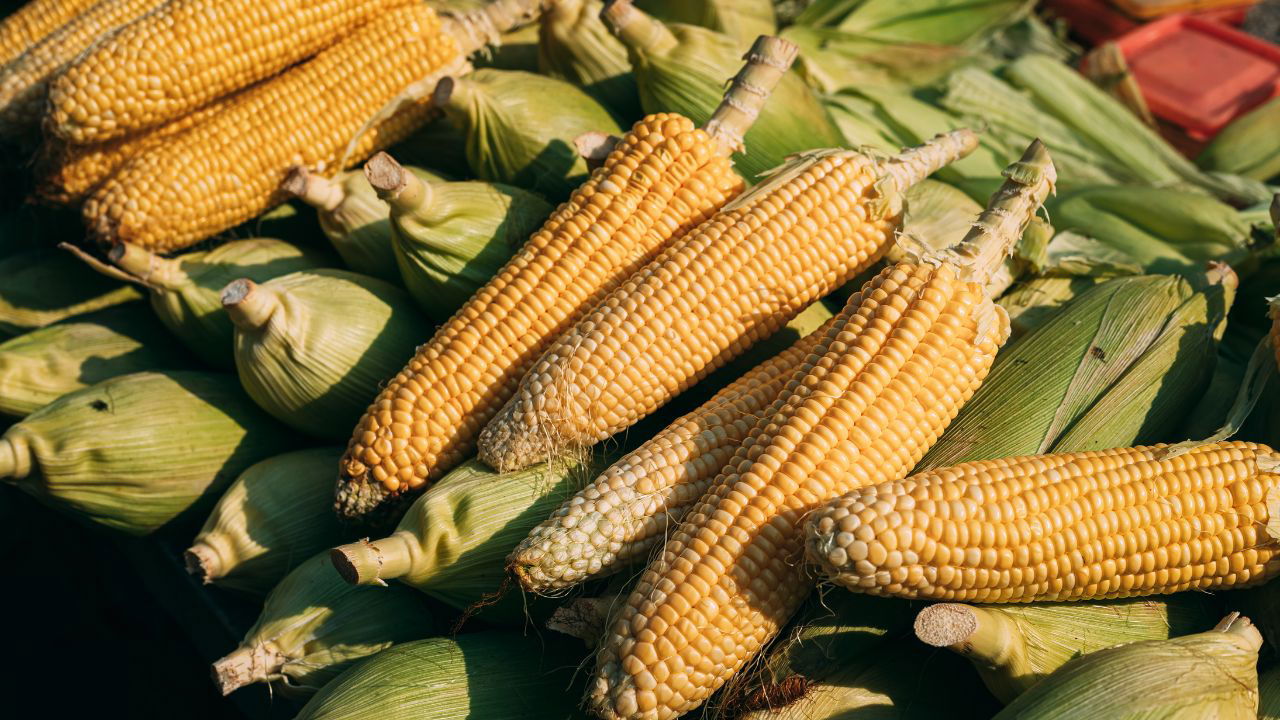
A Bumper Harvest that Changed Everything
The results of these efforts were remarkable. Meena Kumari’s maize crop thrived, and at harvest time, she achieved an extraordinary yield—20 quintals per acre, a total of 40 quintals from her 2-acre farm. In contrast, neighboring farmers using traditional seeds continued to get only 12–14 quintals per acre.
Not only was the yield better, but the quality of maize was also high. The grain size was the same, golden in color, and it fetched a premium price in the market. She earned Rs 1,35,000 for selling her produce to Rana Sugar Limited sum much more than she fetched in previous seasons.
Becoming a Role Model for Other Farmers
Meena Kumari became a success and other farmers in the village also started coming to her farm regularly. They started admiring the huge difference between their fields and hers. Her field was converted into a demonstration model under the IIMR project, The farmers could see for themselves the differences improved seeds would make.
The news spread fast, and soon, around 15 farmers in her village decided to follow her lead. They prepared to sow improved maize varieties in the next season instead of using the traditional seeds. They are hoping to replicate her success.
Meena Kumari apart from farming is involved in self-help groups (SHGs). She shares her experiences with other farming women for empowerment in their respective agricultural activities. Her journey has increased her income. This also empowered her with the ability to help other farmers in making decisions regarding what crop to undertake.
A Lesson for Every Farmer
The story of Meena Kumari is a proof that small changes can lead to big transformations in farming. She transformed her small maize farm into a highly productive and profitable enterprise. She has done it by adopting improved seeds and modern agricultural practices.
Her journey teaches a valuable lesson: profitability in farming is not only about hard work but also about making the right choices. Better seeds, scientific methods, and an open mind to learn are the reasons that farmers can make a real difference in increasing their income and contribute to India's growing maize industry.
Meena Kumari is not only a successful farmer but an inspiration for the farmers of Gurdaspur and other regions. Her story reminds them that agriculture can indeed be sustainable and at the same time profitable if farmers have the right knowledge and resources.






